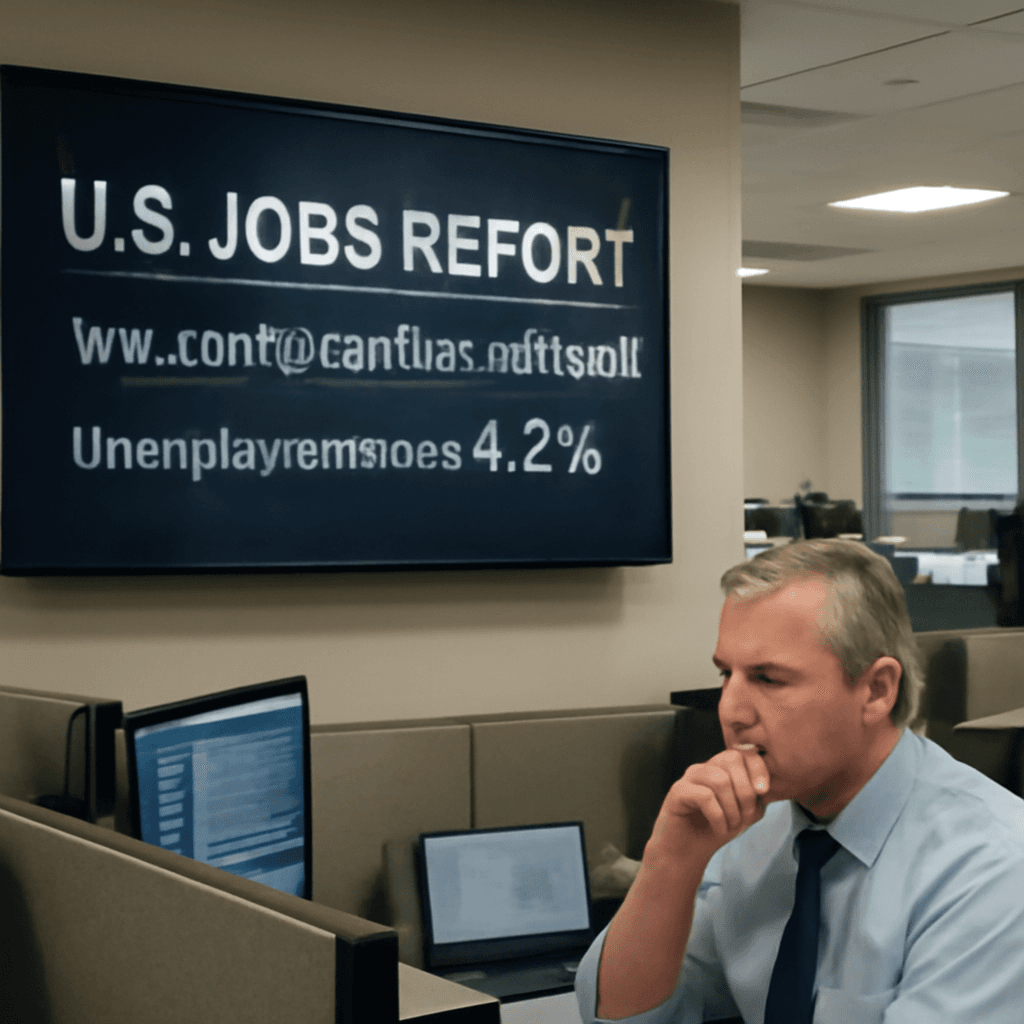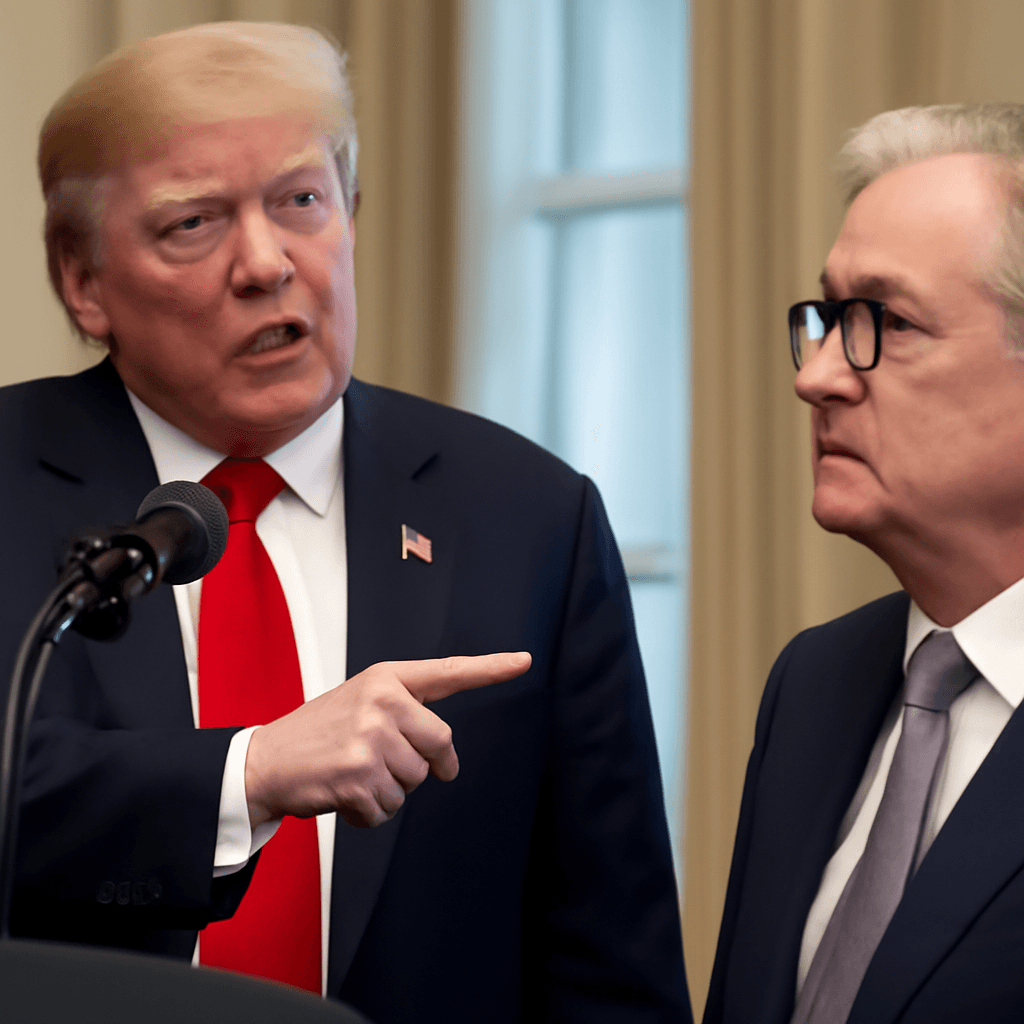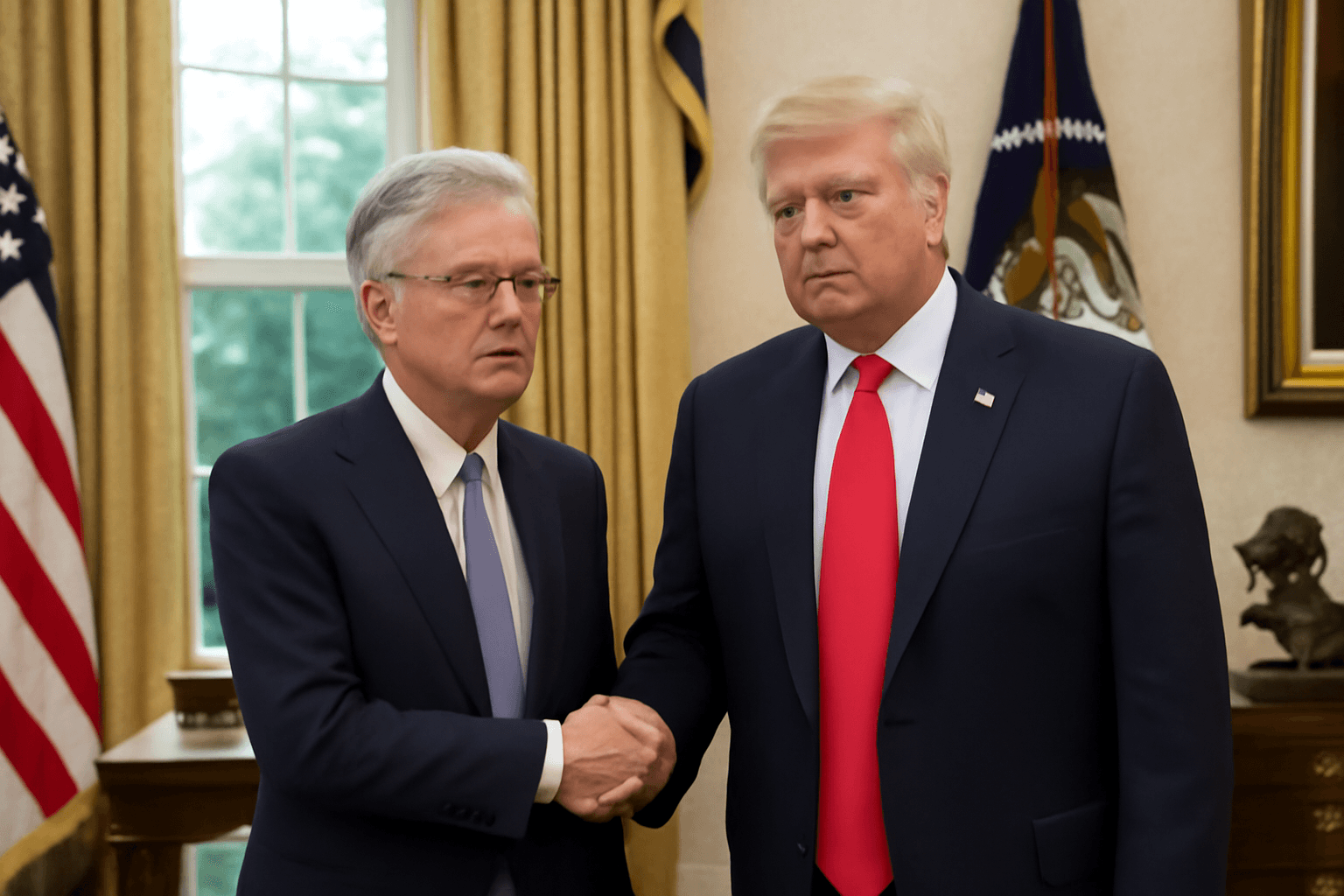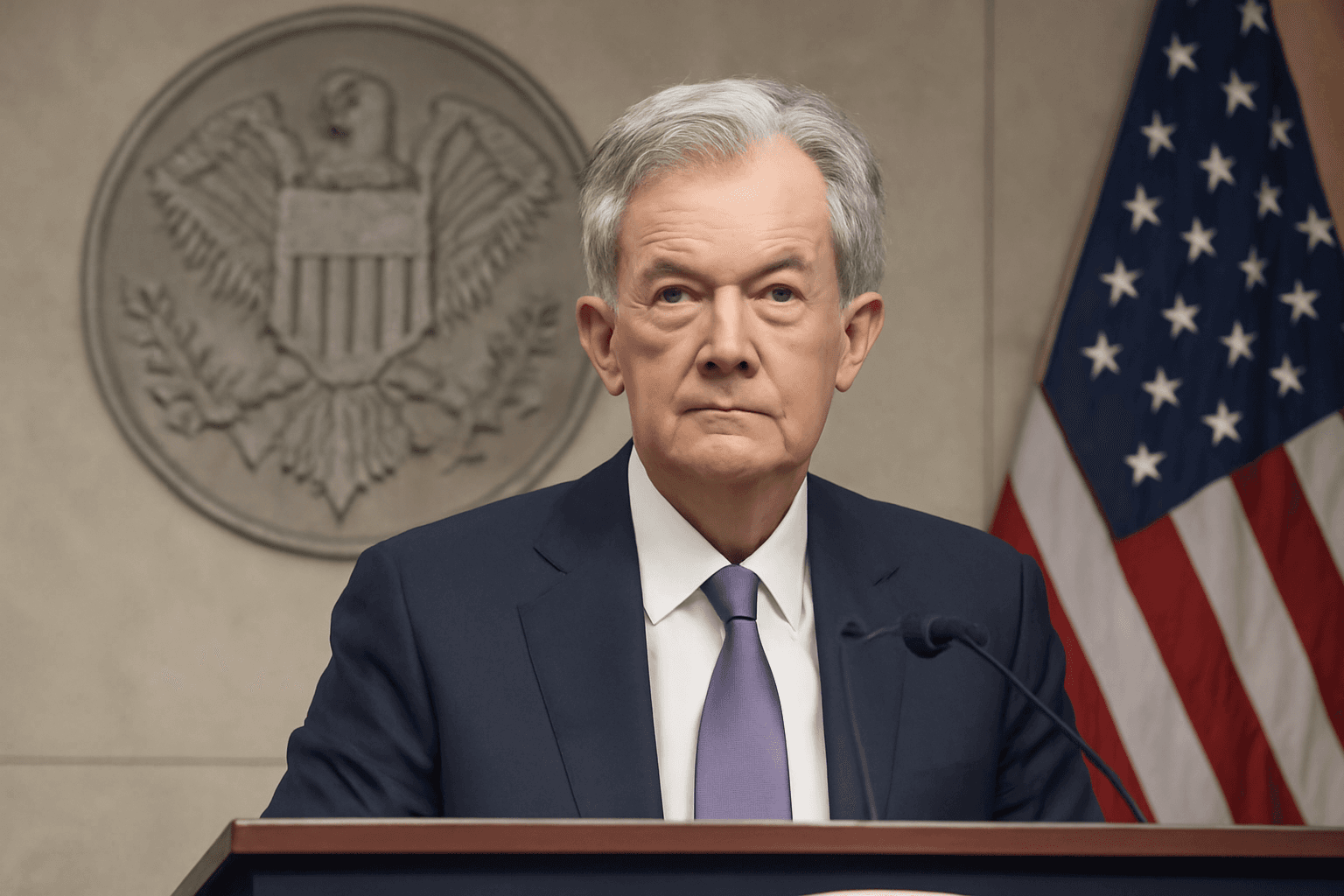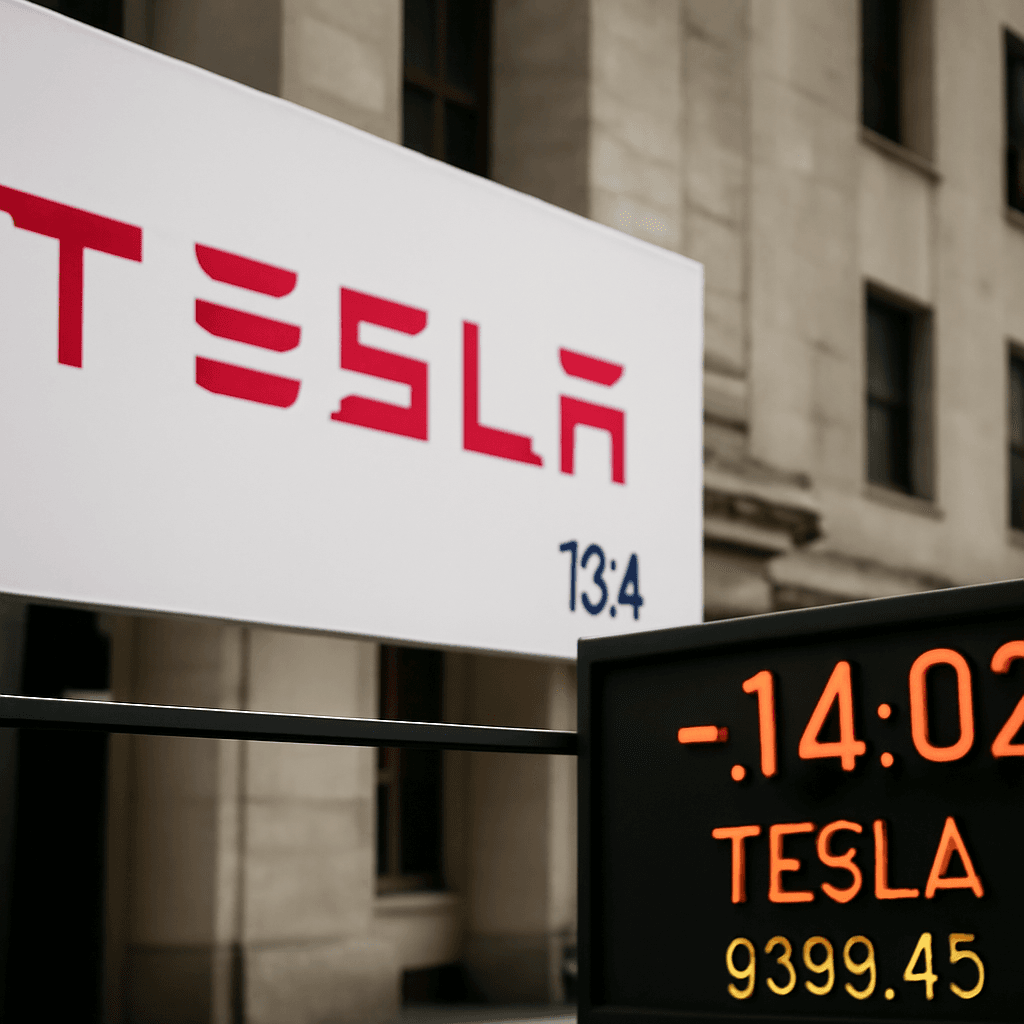Job Openings Increase in April
The latest Job Openings and Labor Turnover Survey revealed that job openings in the United States rose to nearly 7.4 million in April, marking an increase of 191,000 from March. This figure exceeded the anticipated 7.1 million forecast by economists, indicating a stronger labor demand than expected.
Despite this increase, the number of available jobs remains down approximately 3% annually, reflecting a decline of about 228,000 compared to the previous year.
Labor Market Ratios and Trends
The ratio of job openings to unemployed workers was recorded at 1.03 to 1 in April, closely mirroring March's level. This ratio suggests a nearly balanced, though still competitive, job market.
Hiring, Layoffs, and Worker Confidence
- Hiring: Increased by 169,000 in April, reaching 5.6 million hires.
- Layoffs: Rose by 196,000 to 1.79 million, reflecting a slight uptick in workforce reductions.
- Quits: Decreased by 150,000 to 3.2 million, indicating a minor decline in workers voluntarily leaving jobs, which can be a sign of cautious worker confidence.
These trends underscore a labor market that is stabilizing amid economic uncertainties.
Economic Outlook and Federal Reserve Perspectives
Economists anticipate upcoming nonfarm payroll data for May to show a decrease in job growth to around 125,000, down from April's 177,000, while the unemployment rate is expected to remain steady at 4.2%. This suggests continued moderate but solid labor market performance.
Meanwhile, broader economic indicators present challenges. New orders for manufactured goods declined by 3.7% in April, exceeding expectations and pointing to weakening demand following a surge in March. Additionally, shipments dropped by 0.3%, with unfilled orders largely unchanged and inventories slightly decreasing.
Federal Reserve officials are closely monitoring these developments amid concerns that tariffs may drive inflation higher and impede hiring, though such effects have yet to show conclusively in economic data. Sentiment surveys, however, reveal increased apprehension in the market.
Atlanta Fed President noted that, across many sectors, there has been no significant change in labor market conditions. The Federal Reserve is widely anticipated to maintain its benchmark interest rate between 4.25% and 4.5% this year, with potential rate cuts expected no earlier than September.



